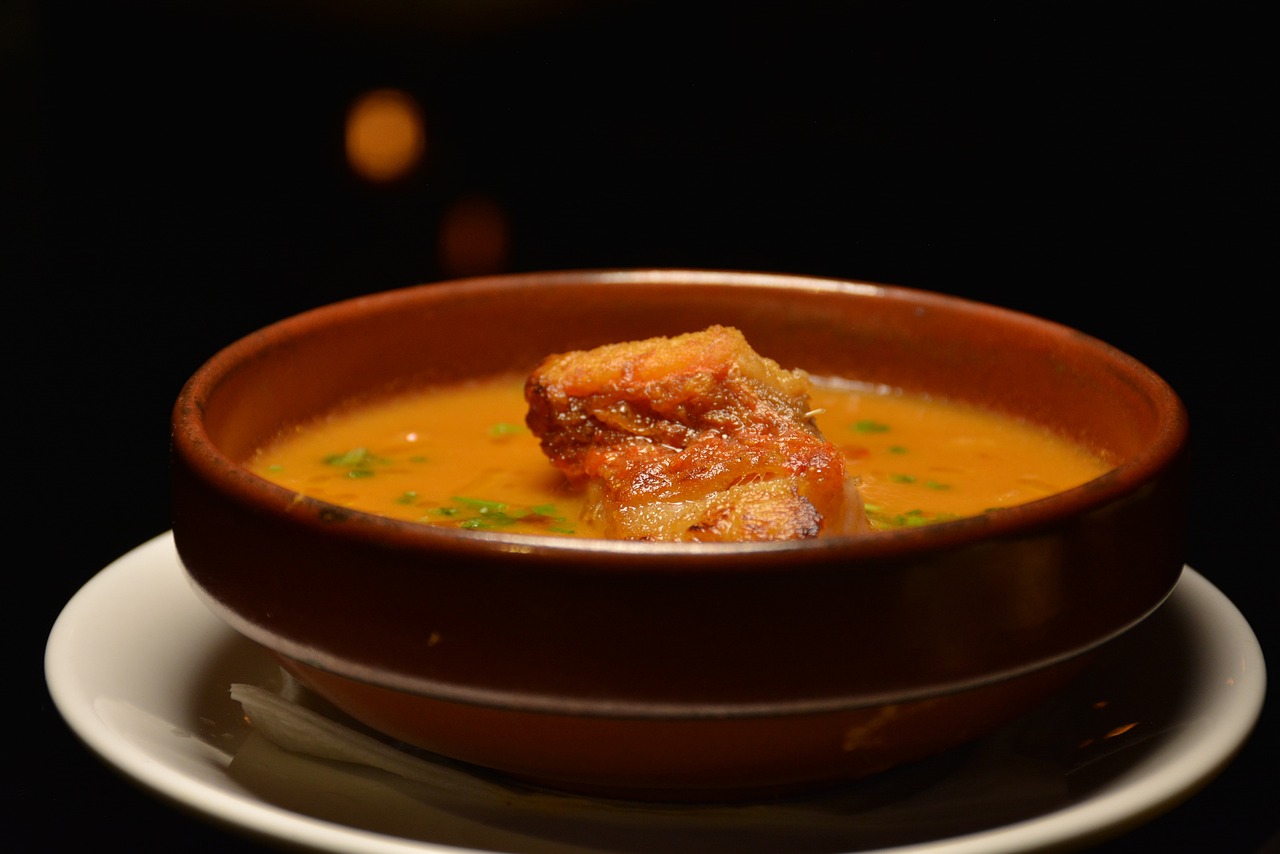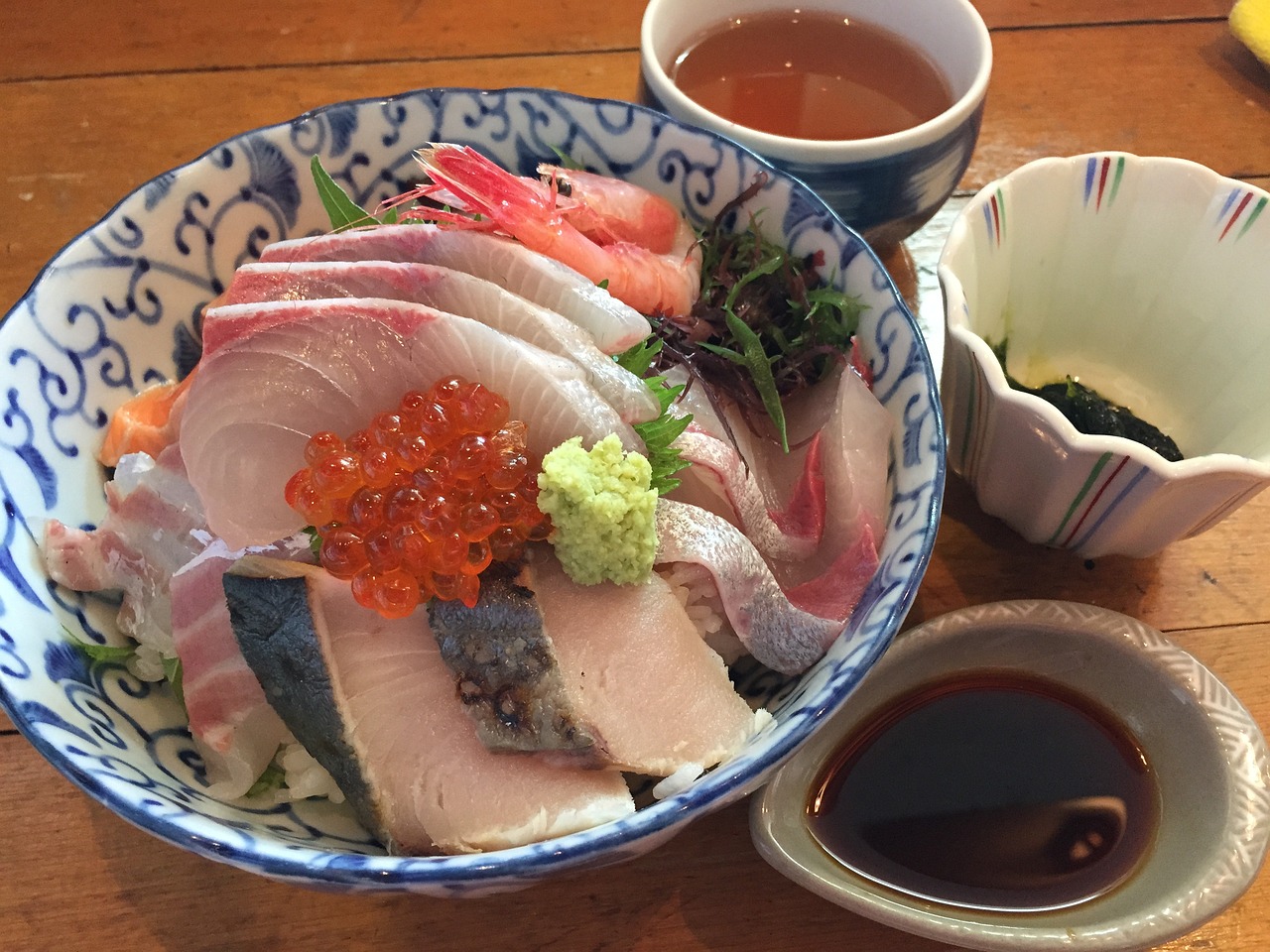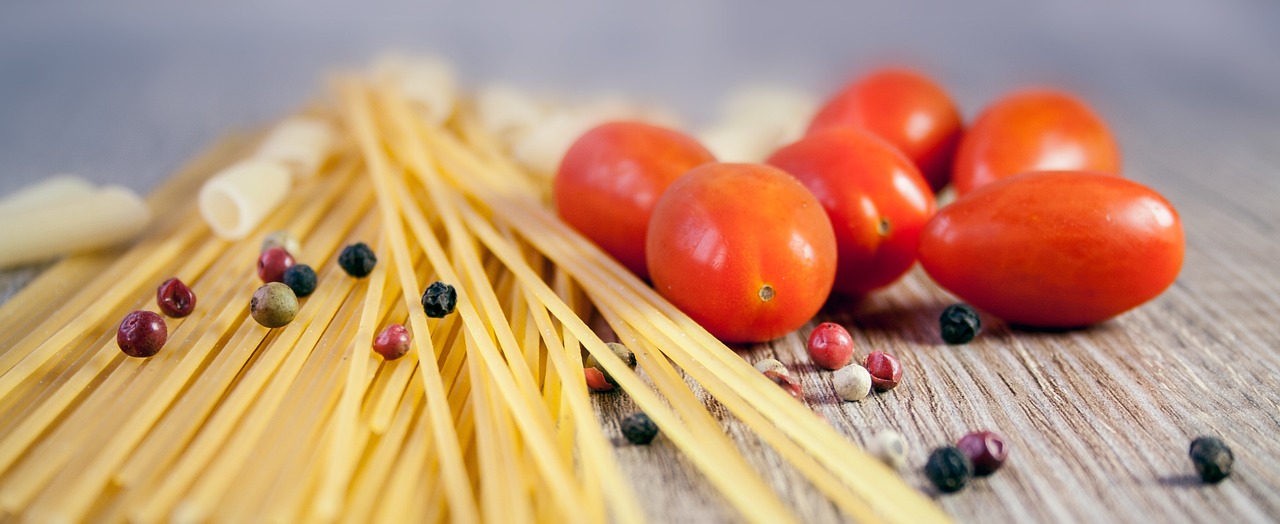Cioppino: Italian Seafood Stew

When it comes to seafood stews, Cioppino stands out as a true gem in Italian cuisine. Originating from the vibrant city of San Francisco, this flavorful dish has captured the hearts and taste buds of food enthusiasts worldwide. Imagine a steaming bowl filled with a rich broth, brimming with an assortment of fresh fish, shellfish, and aromatic herbs. Cioppino is not just a meal; it's an experience that transports you to the bustling docks of the Mediterranean, where the scent of the sea mingles with the warmth of a simmering pot.
As you delve into the history of Cioppino, you'll uncover a tale as rich and diverse as its ingredients. Dating back to the 19th century, this seafood stew was born out of necessity and ingenuity within the Italian immigrant community in San Francisco. Over the years, it has evolved from a humble fishermen's stew to a celebrated dish served in fine dining establishments, embodying the spirit of culinary fusion and innovation.
The key to Cioppino's irresistible flavor lies in its carefully selected ingredients. Fresh fish, such as halibut or cod, mingle with an array of shellfish like clams, mussels, and shrimp, creating a harmonious seafood medley. Tomatoes lend their vibrant color and tangy sweetness, while aromatic herbs like basil and parsley infuse the broth with depth and complexity. A hint of spice from red pepper flakes or a splash of wine adds a final flourish to this symphony of flavors.
Stepping into the kitchen to prepare Cioppino is akin to embarking on a culinary adventure. The process begins with sautéing onions, garlic, and bell peppers to create a flavorful base. As the aromas waft through the air, the seafood is gently simmered in a savory broth, allowing the flavors to meld and intensify. The anticipation builds with each passing minute, culminating in a tantalizing bowl of Cioppino that promises to delight your senses.
While the traditional recipe for Cioppino holds a special place in culinary history, chefs around the world have put their own spin on this classic dish. From the West Coast of the United States to the coastal towns of Italy, regional variations of Cioppino showcase the diversity and creativity of seafood stew preparations. Whether infused with local catches or unique spices, each interpretation of Cioppino offers a fresh perspective on a time-honored favorite.
History of Cioppino
Discover the fascinating origins of Cioppino, tracing back to the Italian immigrant community in San Francisco during the 19th century. The creation of Cioppino is a tale of resourcefulness and culinary ingenuity, born out of the need to make the most of the day's catch and leftovers from the local fisherman's market. Picture bustling docks, filled with fishermen returning from the sea, bringing with them a variety of fresh seafood. In a stroke of culinary brilliance, Italian immigrants in San Francisco combined these seafood treasures with tomatoes, herbs, and spices to create a hearty and flavorful stew that would soon become a culinary sensation.
The history of Cioppino is a testament to the blending of cultures and flavors, as Italian immigrants adapted their traditional recipes to the abundance of seafood available on the West Coast. As the dish gained popularity among the local community, it soon found its way into the menus of restaurants and homes, becoming a symbol of San Francisco's vibrant culinary scene. Over the years, Cioppino has evolved from a humble fisherman's stew to a beloved seafood delicacy that is celebrated not only in San Francisco but also around the world.
Key Ingredients in Cioppino
When it comes to creating a delightful bowl of Cioppino, the key lies in selecting the finest ingredients that harmonize to deliver a burst of flavors. Let's delve into the essential components that define this iconic Italian seafood stew.
1. Fresh Fish: The heart of Cioppino, fresh fish adds a delicate taste and texture to the stew. Varieties like halibut, cod, or snapper are commonly used, contributing to the rich seafood medley.
2. Shellfish: Including an array of shellfish such as clams, mussels, shrimp, and crab infuses Cioppino with a briny essence, elevating its overall taste with a hint of the sea.
3. Tomatoes: The base of the stew, ripe tomatoes provide a luscious and tangy backdrop, enhancing the flavors of the seafood and creating a robust broth that is both comforting and invigorating.
4. Herbs and Spices: Aromatic herbs like basil, parsley, and thyme, along with spices such as red pepper flakes and black pepper, add depth and complexity to Cioppino, culminating in a symphony of flavors.
5. Broth: A flavorful broth, typically made with a combination of wine, fish stock, and tomato sauce, forms the essence of Cioppino, tying all the ingredients together in a harmonious union.
By carefully selecting and combining these key ingredients, Cioppino transforms into a culinary masterpiece that captivates the senses and transports you to the sun-kissed shores of Italy with each spoonful.
Preparation of Cioppino
When it comes to preparing the iconic Italian seafood stew, Cioppino, the process is a delightful culinary journey that promises a burst of flavors and aromas. The preparation of Cioppino is an art form that requires attention to detail and a love for seafood. To create a bowl of this savory stew that will tantalize your taste buds, follow these essential steps:
- Sauté Aromatics: Begin by sautéing a flavorful combination of onions, garlic, and bell peppers in olive oil. This aromatic base sets the foundation for the rich taste of the stew.
- Add Tomatoes: Once the aromatics are fragrant and translucent, add in fresh tomatoes or canned crushed tomatoes. The tomatoes provide a vibrant color and tangy sweetness to the stew.
- Simmer the Broth: Pour in a combination of fish stock, white wine, and a hint of herbs like bay leaves, thyme, and parsley. Let the broth simmer and develop depth of flavor.
- Incorporate Seafood: Carefully add a variety of fresh seafood such as clams, mussels, shrimp, crab, and firm fish like halibut or cod. The key is to add the seafood in stages, allowing each type to cook to perfection.
- Season to Perfection: Season the stew with salt, pepper, and a pinch of red pepper flakes for a subtle kick. Taste and adjust the seasoning as needed to achieve a harmonious balance of flavors.
- Serve and Enjoy: Once the seafood is cooked through and the flavors have melded beautifully, ladle the steaming Cioppino into bowls. Garnish with fresh herbs like parsley and serve with crusty bread for a truly satisfying meal.
Each step in the preparation of Cioppino is crucial in building layers of taste and texture that culminate in a dish that is both comforting and elegant. The careful balance of seafood, tomatoes, and aromatic herbs creates a symphony of flavors that is sure to impress even the most discerning palate. So, roll up your sleeves, gather your ingredients, and embark on a culinary adventure as you craft a bowl of Cioppino that will transport you to the shores of Italy with every spoonful.
Regional Variations of Cioppino
When it comes to Cioppino, its charm lies in the diverse regional variations that add a unique twist to this classic Italian seafood stew. Each region brings its own flair to the table, showcasing the creativity and culinary expertise of local chefs. Let's take a flavorful journey across different regions and explore the enticing variations of Cioppino:
- West Coast Delight: Along the West Coast of the United States, Cioppino is celebrated for its abundance of fresh seafood. Dungeness crab, shrimp, clams, and mussels take center stage in this version, creating a rich and indulgent stew that captures the essence of the Pacific Ocean.
- Mediterranean Influence: In Italy, Cioppino reflects the Mediterranean flavors with an emphasis on olive oil, garlic, and fresh herbs. Local catches such as squid, octopus, and anchovies are often featured, infusing the dish with a taste of the Mediterranean coastline.
- Asian Fusion: Some chefs blend Asian influences into Cioppino by incorporating ingredients like lemongrass, ginger, and soy sauce. This fusion of flavors adds a new dimension to the traditional stew, creating a harmonious blend of East and West.
Whether you prefer the robust seafood medley of the West Coast, the aromatic herbs of the Mediterranean, or the innovative fusion of Asian flavors, each regional variation offers a delightful culinary experience. The beauty of Cioppino lies in its versatility, allowing chefs to experiment and create their own signature versions that pay homage to local ingredients and traditions.



 HazalVardal
HazalVardal 





